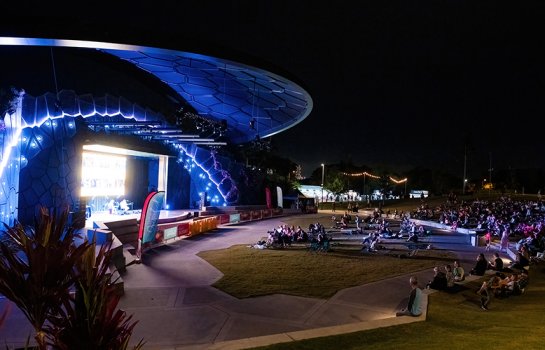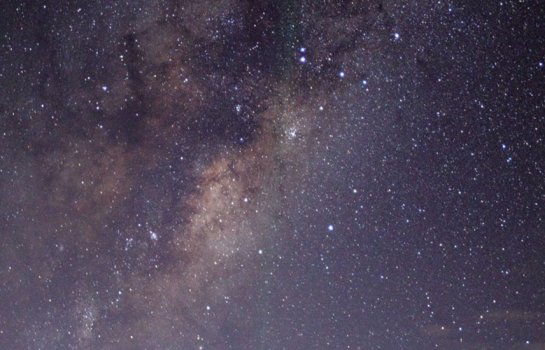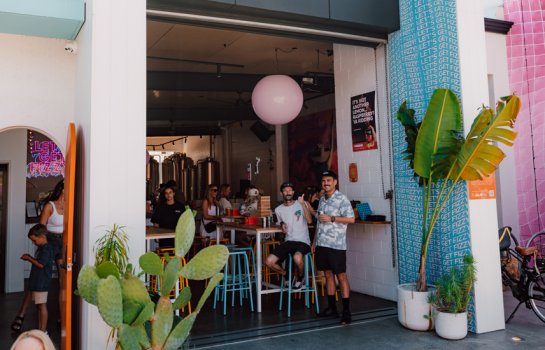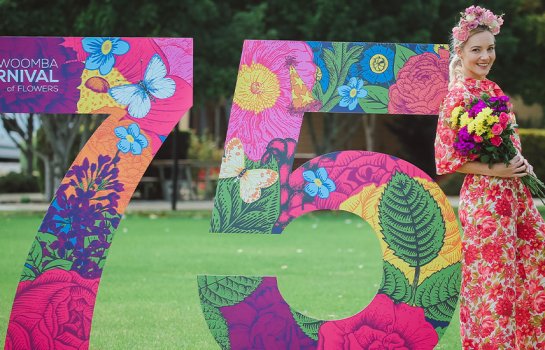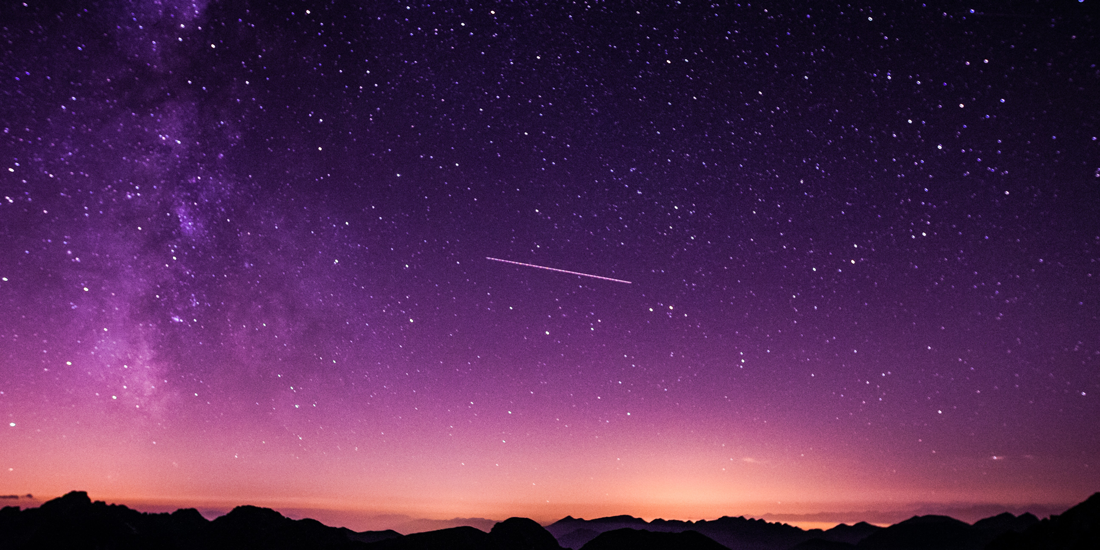
Great Scott! Here’s how to see all five planets at once tomorrow morning
Astronomy-lovers will wake up to a celestial treat in the early hours of tomorrow – Friday July 17 – when the sky puts on a spectacular light show featuring the Moon and five planets all visible to the naked eye at one time. If you’re okay with getting up super-duper early (trust us, it’ll be worth it) then read on to find out how to spot all five bright planets in the sky at one time …
Stargazers who wake up before dawn on Friday morning may be able to see a gathering of celestial bodies in the sky including a crescent Moon, Venus (I’m your fire, your desire), Mars, Jupiter and Saturn and (fingers crossed) Mercury. According to Sir Thomas Brisbane Planetarium Curator Mark Rigby, the best time to set your peepers on the sky will be from about 4:30–5:45 am – and if you really want to get a good look in at these gas giants, the best visual will be away from The City’s light pollution (like buildings and streetlights). To catch a glimpse of the Moon and Venus you’ll need to look towards the northeast. Mars can be found overhead, with Jupiter and Saturn found low in the west to southwest. Mercury could prove hard to spot, but it will hopefully be discovered very low in the east to northeast.
As well as the five planets, a not-to-be-missed star show will also brighten the night sky. Early-risers can expect to see the well-known constellation Orion, the Hunter, and the brightest star of the night sky – Sirius. Lucky eyes will also see the red (well, more orange) giant star Aldebaran, and the Pleiades star cluster, which will be found close to the Moon and Venus.
So set your alarm and grab those binoculars – this is one star-lit planet party not to be missed.
To find out more about what’s on in the Gold Coast, head to our Event Guide.

